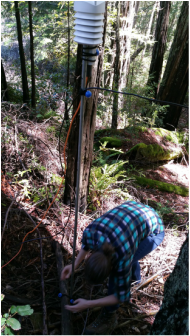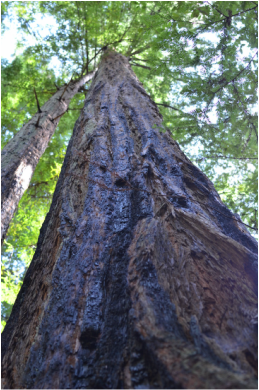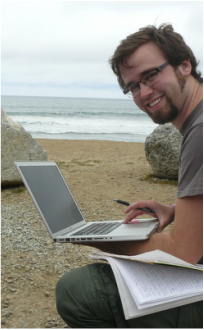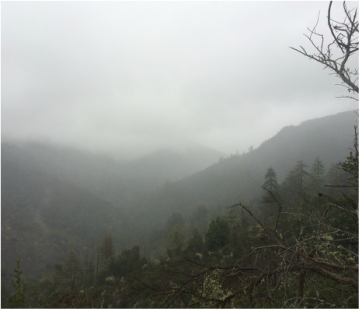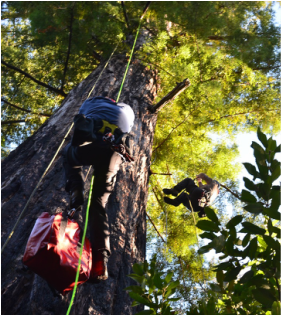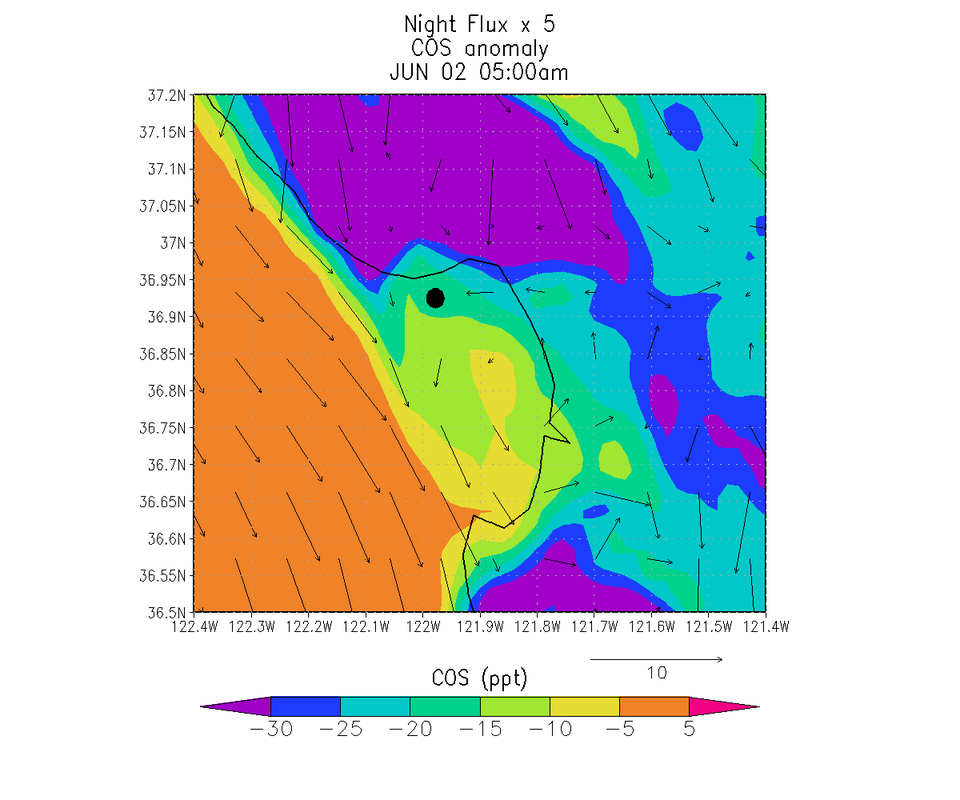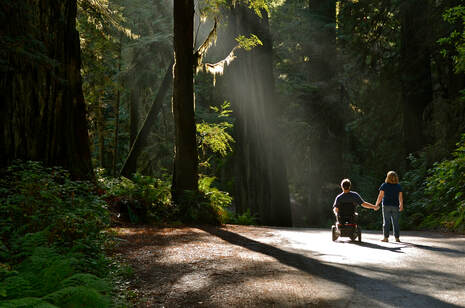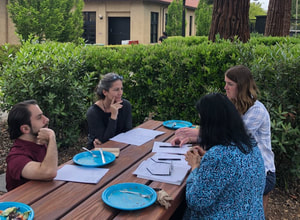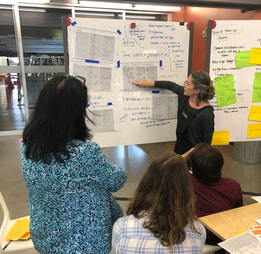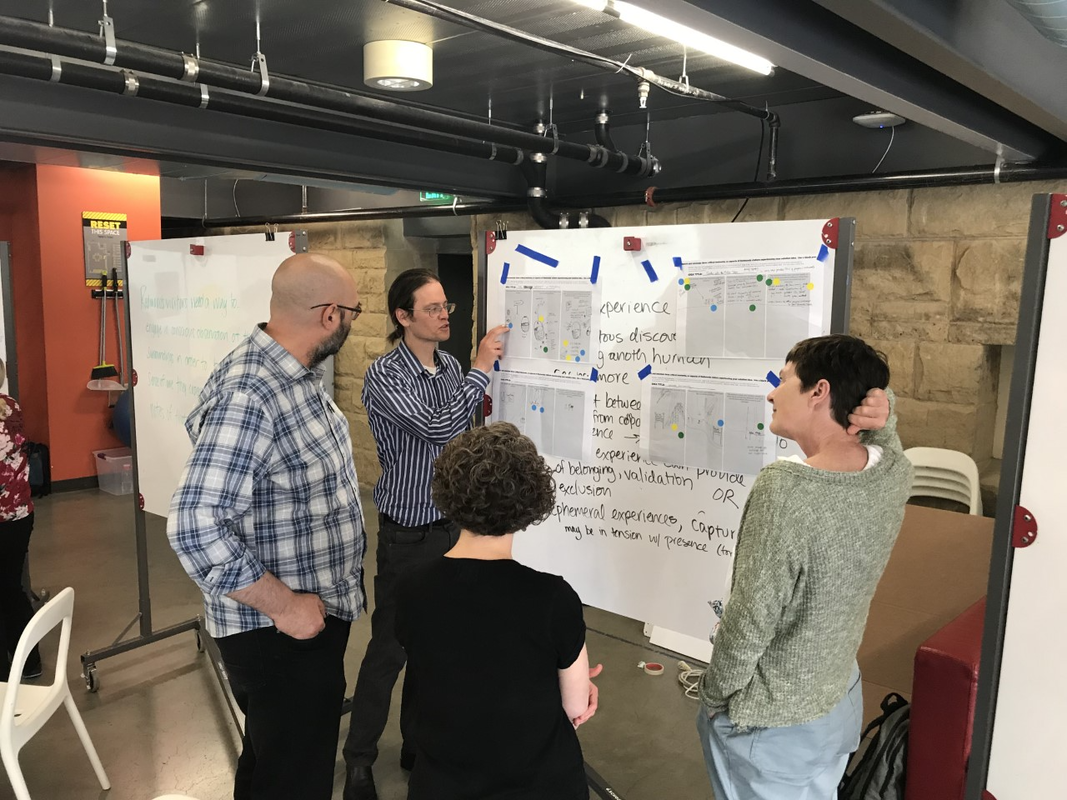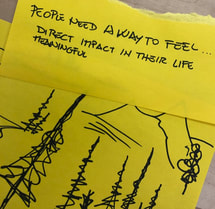Big Sur SamplingTo collect air from high in the redwood canopy, we climbed a coastal redwood in Big Creek Reserve and installed 100 yard lengths of tubing. Then we "sniffed" air from many levels in the canopy and at the coast. How redwoods breathe in the fog will leave a chemical signal we can "sniff" in the air with special equipment.
|
Regional ModelingAs wind blows through the redwoods, their leaves interact with gases in the atmosphere. By measuring air in redwood groves and along the coast, we can figure out how redwoods are breathing. Computer simulations of wind vectors and gas concentrations (left) help us interpret these measurements.
|
Exploring the Human ResponseThe social science team is designing, implementing, and measuring outcomes of place-based educational interventions in coastal redwoods parks. In doing so, we can examine the role these charismatic megaflora may play in teaching people about local climate change impacts and motivating them to engage in sustainable behavior. Long-term climate change solutions will only be made possible by engaging and empowering the redwoods’ most important advocates: the millions of enthusiastic visitors who make the pilgrimage to these unique ecosystems each year.
Read more: nmardoin.people.stanford.edu/research/summen-project |
|
To co-design behavioral-science and interpretive interventions in coastal redwoods parks, we recently brought together 20 interdisciplinary thinkers to participate in a series of design thinking activities over two days at the Stanford d.school. The group included natural and social scientists, technologists, artists, park interpreters, educators, and more. Using a variety of collaborative, quick-paced exercises in interviewing, brainstorming, and prototyping, we created numerous opportunities for participants to practice and apply design thinking to the redwoods context, with the intention of sparking reflection, curiosity, engagement, and action among redwood-park visitors. Of the more than 80 ideas that emerged from our workshop, we will refine and test several (some of which are a combination of the ideas) in local, state, and national redwood parks over the next year.
|
